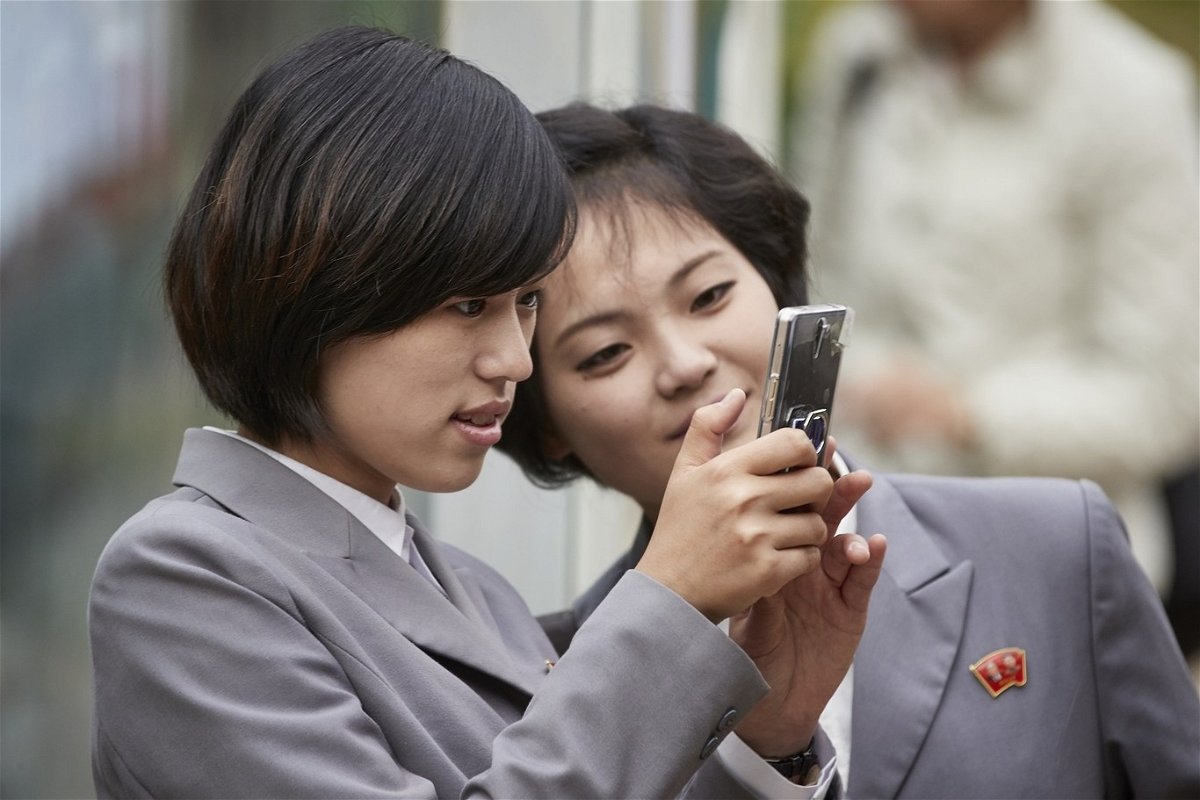It is well known that North Korea is the country in the world that most restricts its citizens’ access to information and the Internet , but until now we had not seen first-hand the actions carried out by the Asian country to control its inhabitants .
Now, a recent report published jointly by the human rights organization Lumen and Martyn Williams, a researcher for the 38 North project at the Stimson Center, reveals every single measure the North Korean government is taking to control its people.
This is how the North Korean government controls the mobile phones of its inhabitants
First, this report reveals that the North Korean government places network restrictions on all smartphones in the country, so that users can only access websites authorized by the state . This is achieved thanks to the implantation in all North Korean mobile phones of a customized version of the open source version of Android, AOSP , through which all smartphones in the country connect to a closed intranet controlled by the government .
In addition to controlling the Internet access of its inhabitants, this personalized version of Android also incorporates a digital signature system that verifies whether the applications or files you want to download are approved by the government or not . In the case of files, this certificate system requires that any file downloaded to the mobile device be signed with one of the two state cryptographic signatures in order to be accepted as valid and thus be able to view it on the terminal. In case the downloaded file does not pass this validation, it is automatically deleted from the device.
Similarly, when a file is transferred to a North Korean smartphone, it checks that, in addition to being signed, it is also one of the file types accepted by the government .
The file types accepted by the North Korean state are the following:
- Audio and Video : .3g2, .3gp, .aac, .ac3, .amr, .ape, .asf, .avc, .avi, .awb, .cda, .dat, .divx, .dts, .flac, . flv, .ifo, .m4a, .m4b, .m4p, .m4r, .m4v, .mid, .midi, .mka, .mkv, .mmf, .mov, .mp2, .mp2v, .mp3, .mp4, .mpa, .mpc, .mpeg, .mpeg4, .mpg, .ofr, .ogg, .ogm, .ra, .ram, .rm, .rmvb, .smf, .swf, .tp, .ts, .tta , .vob, .wav, .wma, .wmv, .wv, .3gpp, .cwdx, .csdx, .cpdx
- Image : .bmp, .gif, .jpeg, .jpg, .pcx, .png, .tga, .tif, .tiff, .jps
- Text : .xlsx, .xml, .doc, .docx, .htm, .html, .pdf, .ppt, .pptx, .rtf, .txt, .xls, .odt, .ods, .odp
- Files for Android : .apk
Previously, it was possible to bypass this signature system by using a web browser to download a file , but now the North Korean government also controls downloads in this way.
But this is not all, because all North Korean mobiles have an application called Trace Viewer installed , which in addition to geolocating a user to control them at all times, is also responsible for taking automatic screenshots randomly while the phone is on . These screenshots are stored in a terminal directory to which the user has access, but the user cannot see these images or, of course, delete them.

